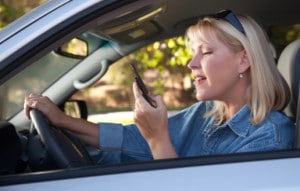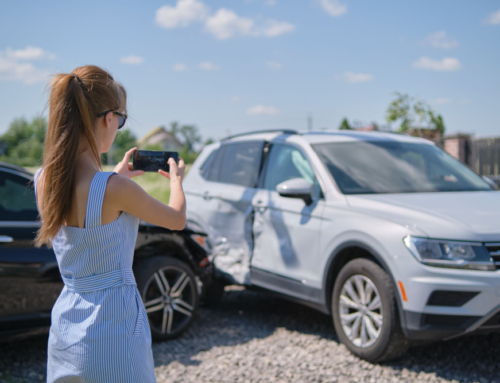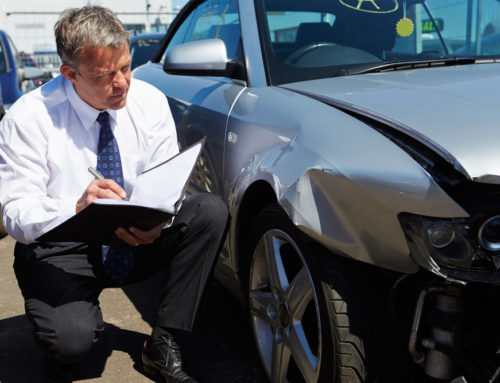 Phones have become nearly ubiquitous in our daily lives. We use them when we’re bored. We use them to look up information and schedule appointments. We access not only text and calls, but use handy applications and features to handle what we need to. One of these features is voice to text. You may think it’s safer than just texting while driving, but is it really?
Phones have become nearly ubiquitous in our daily lives. We use them when we’re bored. We use them to look up information and schedule appointments. We access not only text and calls, but use handy applications and features to handle what we need to. One of these features is voice to text. You may think it’s safer than just texting while driving, but is it really?
We’ve got the stats on voice to text and why this seemingly harmless method of communication poses a pretty big risk. Read on to find out why choosing to use this phone feature may not be as handy as you think.
With more of the population using their phones than ever, ignoring your phone can be tough sometimes. The temptation is so great that cell phones are frequently picked up and used while operating a motor vehicle. However, using your cell phone while driving is a type of distracted driving that can cause major motor vehicle accidents. Just a few seconds of distracted driving is all that it takes to get into a horrible accident that could potentially be fatal for you and anyone else involved.
As a result, texting while driving has been banned in many states. 39 states and the District of Columbia have banned texting while driving, while 10 states and D.C. ban phone use by drivers entirely. Others like Massachusetts have phone use bans only if you are under 18. While these measures are effective, they’re difficult to enforce. This is especially true since smartphone ownership and use only continues to rise.
In a well-meaning move, many drivers are now using voice to text to get in touch with their contacts. But is it actually any safer? Not according to a study by the Texas A&M Transportation Institute, which found that talk-to-text technology is not safer than manual texting. The results came after the Institute studied 43 research participants that had them perform texting and voice-to-text texting, then compared the results. It turns out that response by drivers was ‘significantly delayed’ whenever they were manually texting or using voice-to-text. In both cases, the drivers took twice as much time to react as when they were not texting.
One reason why voice to text tech may not be any more effective is the fact that users still have to look down at their phone while speaking their message and need to check it before sending as well. Essentially their phone requires just as much attention in order to text. Although it may seem better, it’s just another form of distracted driving and texting while driving. The moral of the story? It’s still better to pull over and send a text if you need to rather than attempting to do it while driving, even for voice to text.
If you have been involved in an accident as a result of distracted driving, consult an experienced car accident attorney. Contact The Law Offices of Payas, Payas and Payas today to see if you may have a case. Don’t be a victim of distracted driving.








